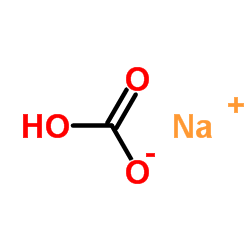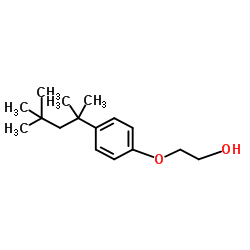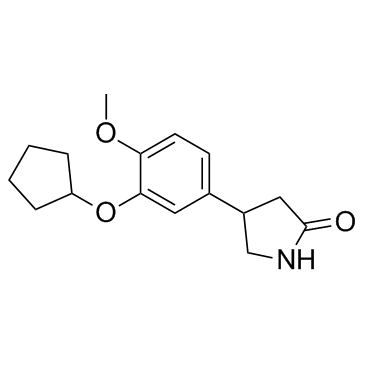| Structure | Name/CAS No. | Articles |
|---|---|---|
 |
sodium chloride
CAS:7647-14-5 |
|
 |
Forskolin
CAS:66575-29-9 |
|
 |
SodiuM bicarbonate
CAS:144-55-8 |
|
 |
SODIUM CHLORIDE-35 CL
CAS:20510-55-8 |
|
 |
2-(4-(1,1,3,3-Tetramethylbutyl)phenoxy)ethanol
CAS:2315-67-5 |
|
 |
Calpain Inhibitor III
CAS:88191-84-8 |
|
 |
rolipram
CAS:61413-54-5 |